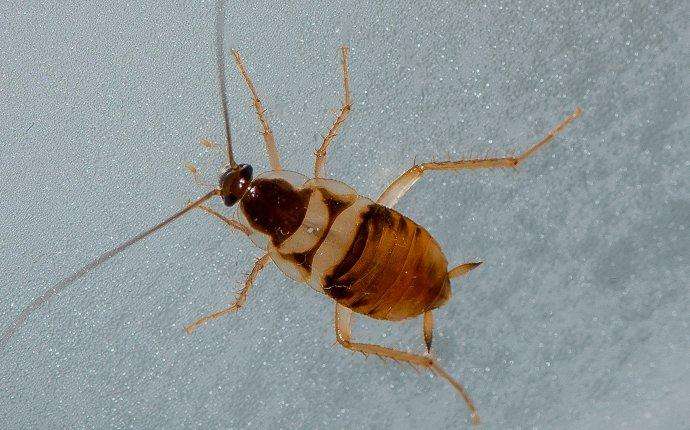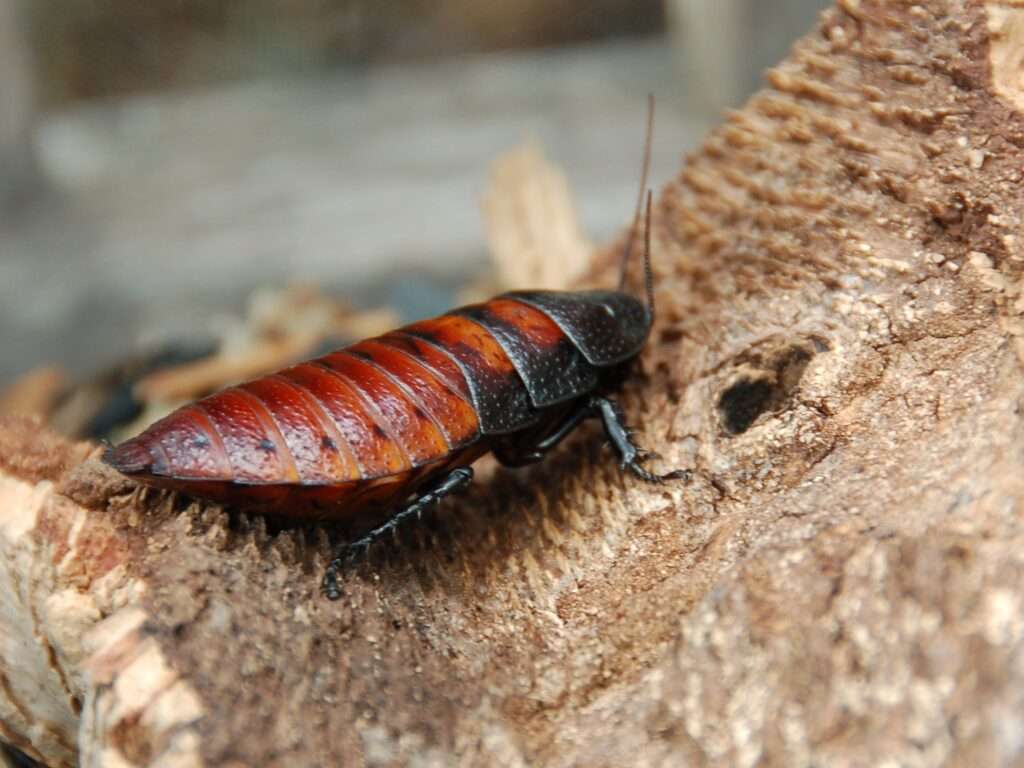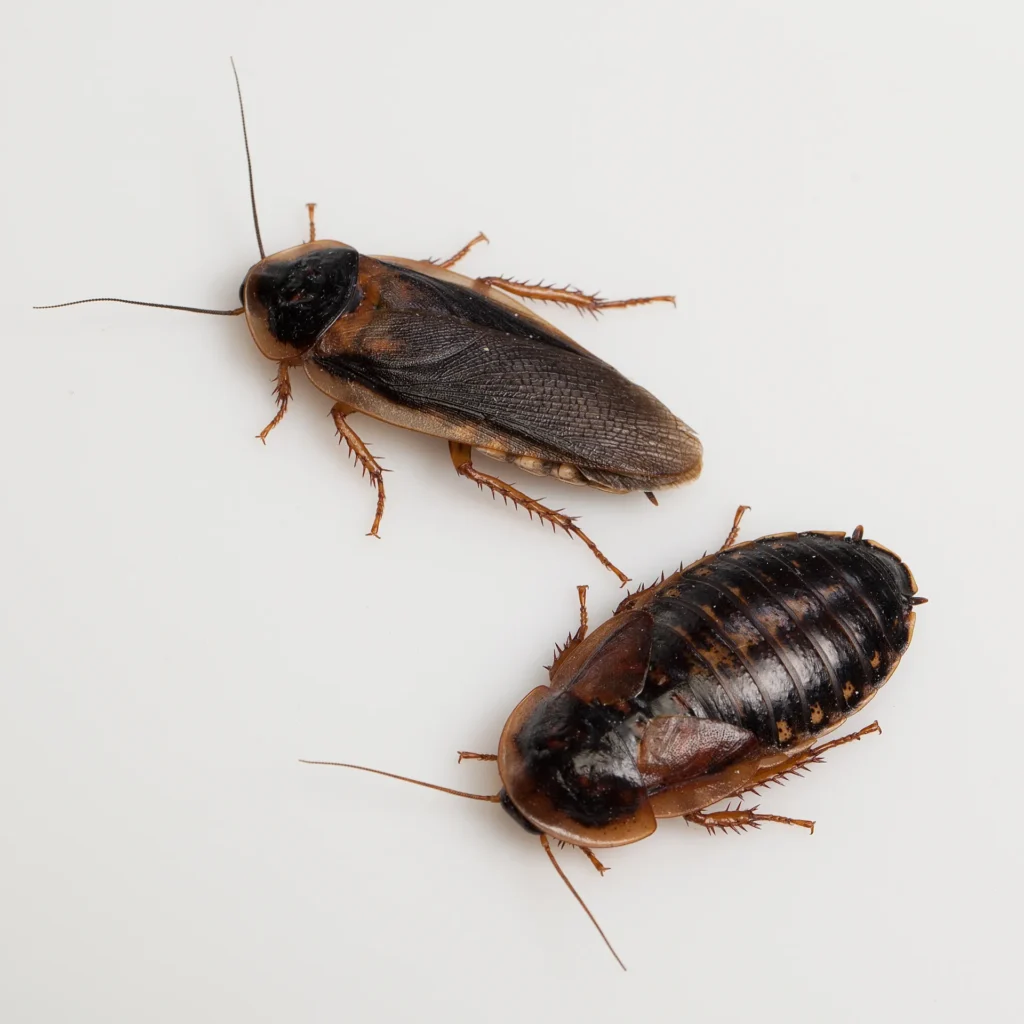
The most well-known species of little cockroach in the genus Supella, the brown-banded cockroach (Supella longipalpa), is just 10 to 14 mm long. Its hue ranges from tan to light brown, and two light-colored bands that are highly distinct despite occasionally looking broken or crooked border its wings and abdomen. The wings may partially cover the bands. The female appears broader, and the male is more slim.
Distribution
The northeastern, southern, and Midwest regions of the United States are among the regions where the brown-banded cockroach is most frequently found. One of the most recent foreign cockroach species to establish breeding colonies in Britain and Ireland is this one. They have a tendency to be more widely disseminated throughout the house, including in living rooms and bedrooms, because they require less moisture than the German cockroach does. They are more frequent in residences and apartments but less frequent in dining establishments.
Diet
Brown-banded cockroaches are opportunistic feeders, same as other cockroach species. However, given an option, they favor products with a higher starch content, such as stamps, wallpaper adhesive, and book bindings.
Appearance
Size
The brown-banded cockroach, one of the tiniest invasive cockroaches, can grow to a length of 11 to 14.5 mm as an adult.
Color
The light brown or tan transverse bands that are visible on the adult roaches’ wings and across the bodies of the young, or nymphs, are what give these colorful roaches their name.

Life Cycle
The lifespan of an adult brown-banded cockroach ranges from 130 to 315 days, with an average of 206 days. A female brown-banded cockroach will lay 14 egg capsules (also known as oothecas) over the course of her life. Her ootheca, which typically has 10 to 18 eggs within, is produced. She carries it for 24 to 36 hours before attaching it to the protective underside of a surface where it will remain until the eggs hatch. It can take the young as little as 90 days to develop after they hatch, or as long as 276 days in more challenging circumstances, depending on the environmental factors.
Temperature
According to a study by Tsai and Chi, populations of brown-banded cockroaches should be able to flourish in conditions that are between 25 and 33 °C.
Why is it not kept as a pet?
Brown-banded roaches bring in harmful bacteria and diseases that can seriously illen you and your family. The germs and protozoa that they carry and transmit bring on all asthma, allergies, and gastroenteritis. Additionally, they can spread the germs that lead to diarrhea and food poisoning.
Table





